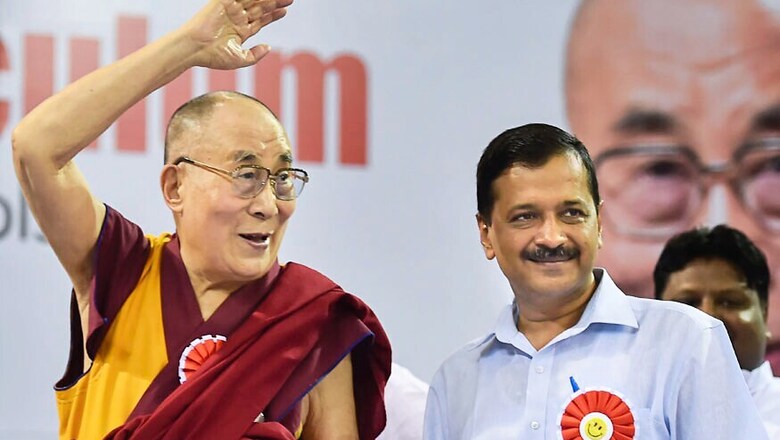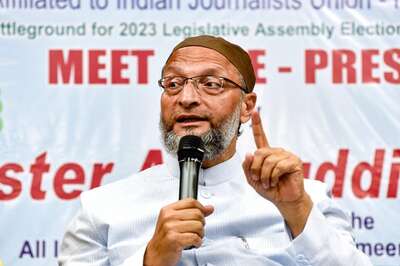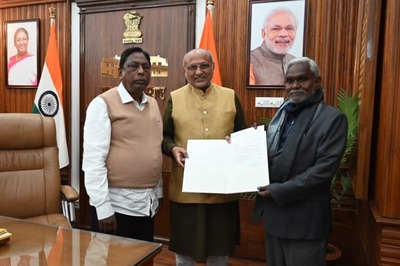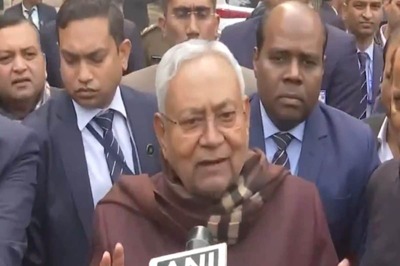
views
New Delhi: The ‘Happiness Curriculum’ designed by the Delhi government for its students is about dealing with emotional crisis that modernity has brought.
Inaugurating the curriculum on Monday, the Dalai Lama said, “We need to look into emotional hygiene and overcome negative emotions. The whole world is facing emotional crisis. Only India can combine modern education with ancient knowledge, which is required for the fulfillment of human emotions.” He also called for the revival of ancient Indian knowledge to make India the “Modern Guru”.
The curriculum, which is meant for students up to Class 8 and does not require textbooks, will involve 45 minutes of activity daily with emphasis on meditation, value-based education, story-telling with focus on values and reflective questions. Each class will begin with a five-minute meditation practice.
The teachers will now go through a 10-day orientation programme after which the syllabus will be incorporated in schools. About 300 teachers will also be identified and given the responsibility of “happy cluster incharges”, who will coordinate with them.
Delhi Chief Minister Arvind Kejriwal said the curriculum was designed to counter the education system of Thomas Macaulay, which was “imposed” in India during the British rule. He said, “We forgot the meaning of shiksha — we inherited the education of Macaulay that produced clerks. We adapted that form of rote learning. But what followed after degrees? Berozagaari (unemployment).”
The launch is the third stage of reforms in education sector initiated by the Delhi government after bringing changes in infrastructure development and motivation of teachers in government schools.
Delhi Deputy Chief Minister and incharge of the government’s education department, Manish Sisodia, conceived the curriculum, which was designed by the ‘Happiness Committee’ headed by District Institute of Education and Training (DIET) Daryaganj principal Dr Rajesh Kumar. A team of 40 Delhi government school teachers and educators were involved in the drafting process for six months.
"The Happiness Curriculum will help fight various ills such as terrorism, pollution and corruption. It will affect 10 lakh students and around 50,000 teachers. Modern-day problems can be solved through such human-centric education initiatives," Sisodia said.
The 'Happiness Committee' has presented the 'Happiness Triad', which includes three aspects —Through our senses, Feelings in relationship, and Learning and Awareness — which lead to sustainable happiness. The committee has harped on "mindfulness".
The Happiness Curriculum Framework has been designed following the guidelines in the National Curriculum Framework (NCERT, 2005).
The design of the framework by the Delhi government emphasises on 'connecting knowledge to life outside school', 'learning without rote method', 'overall development rather than being textbook centric', 'making examinations more flexible and integrated into classroom life', and 'nurturing an overriding identity informed by concerns within the democratic polity of the country'.
In order to make the environment stimulating, the curriculum has various methodologies — "joyful" exercise, indoor games, active inquiry, reflective conversations, storytelling, guided practices of mindfulness, group discussions, role play skits, individual and group presentations, and activities for rapport building and team work.




















Comments
0 comment